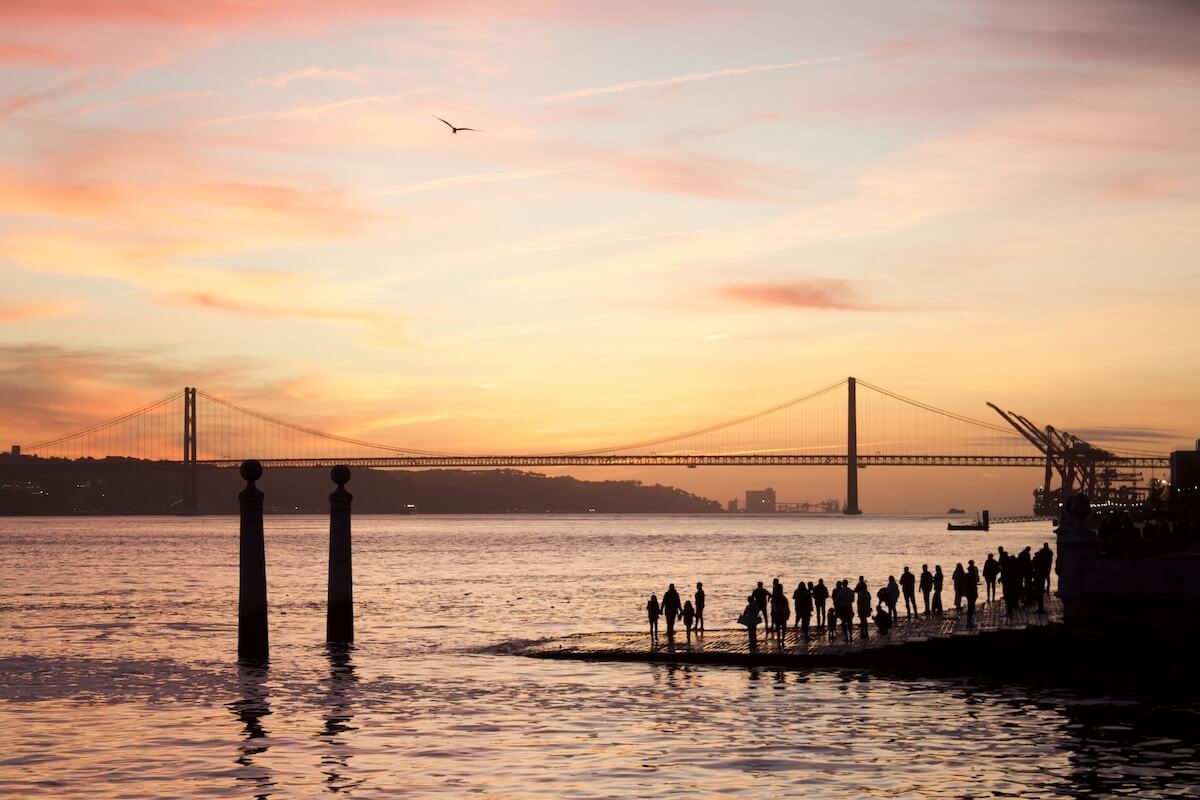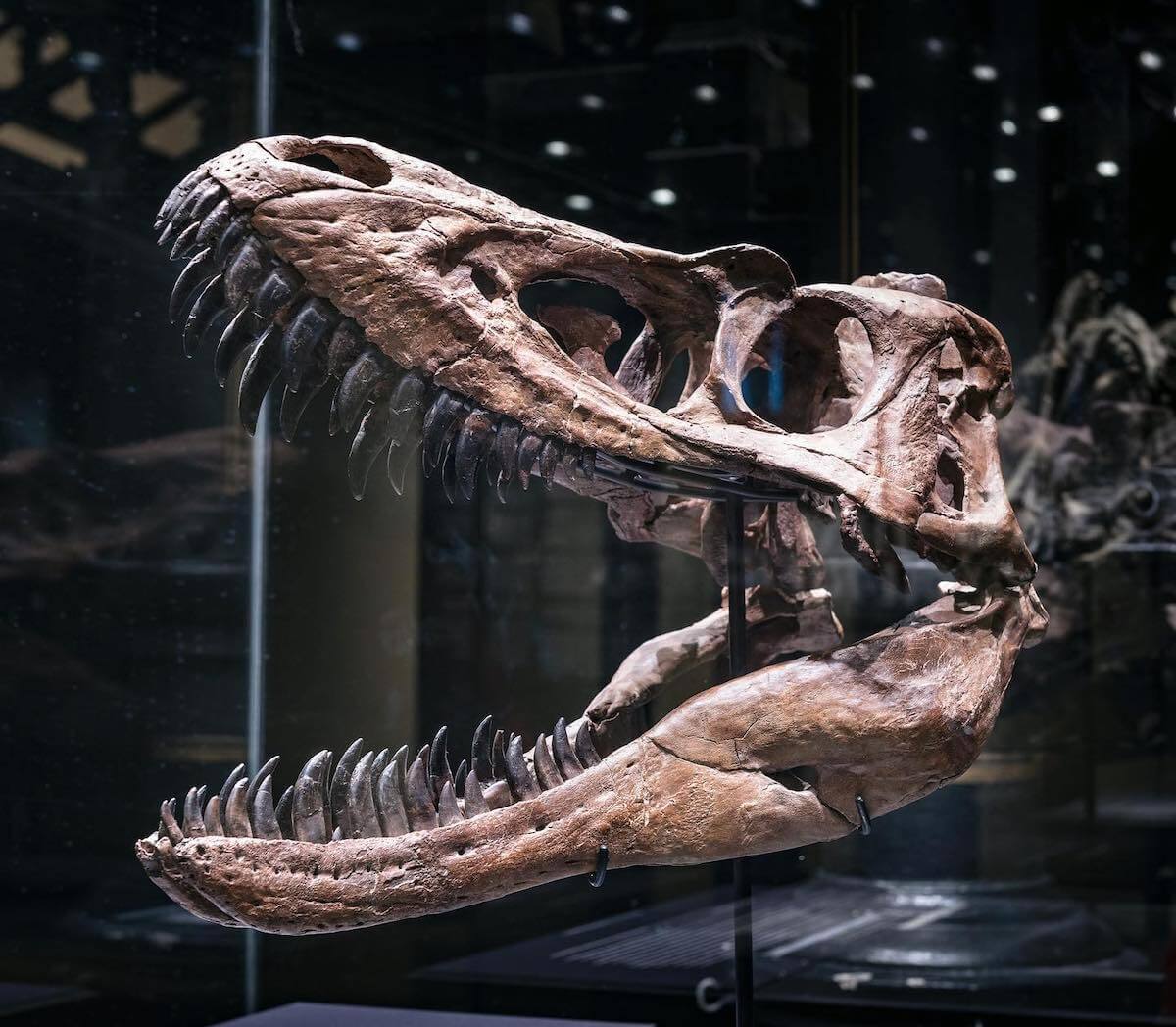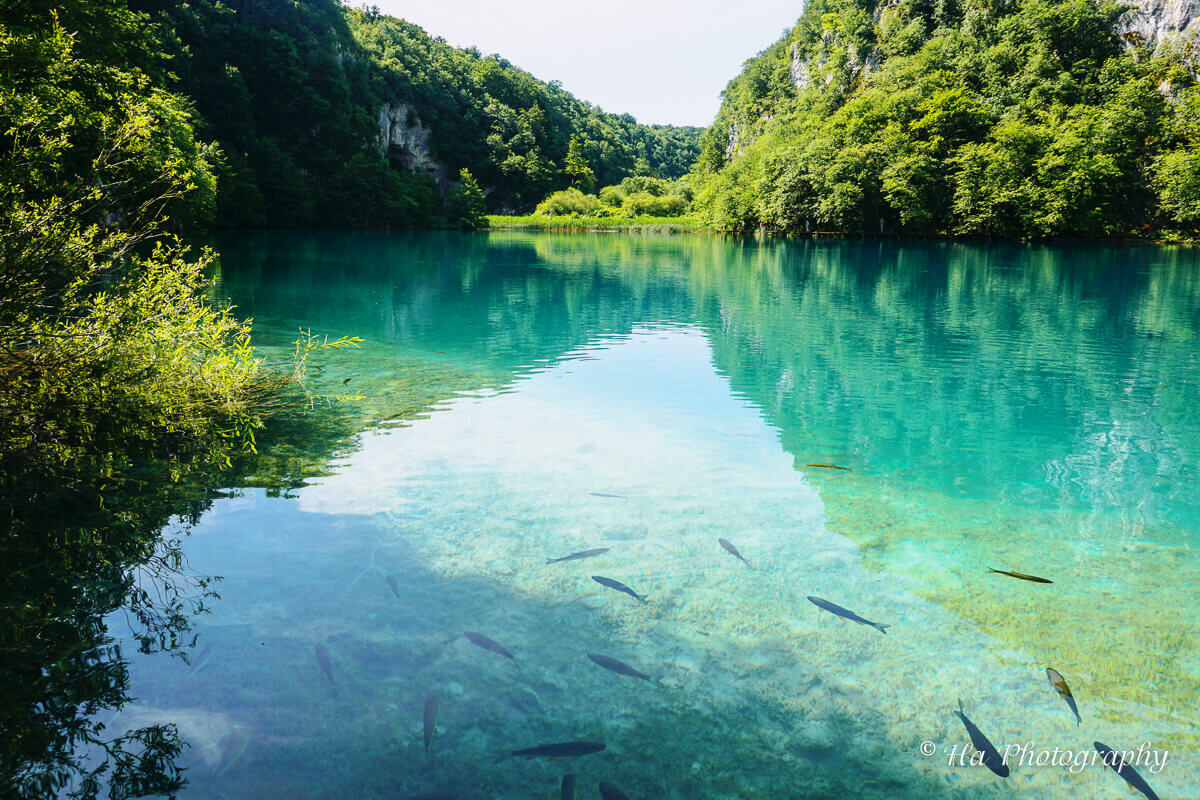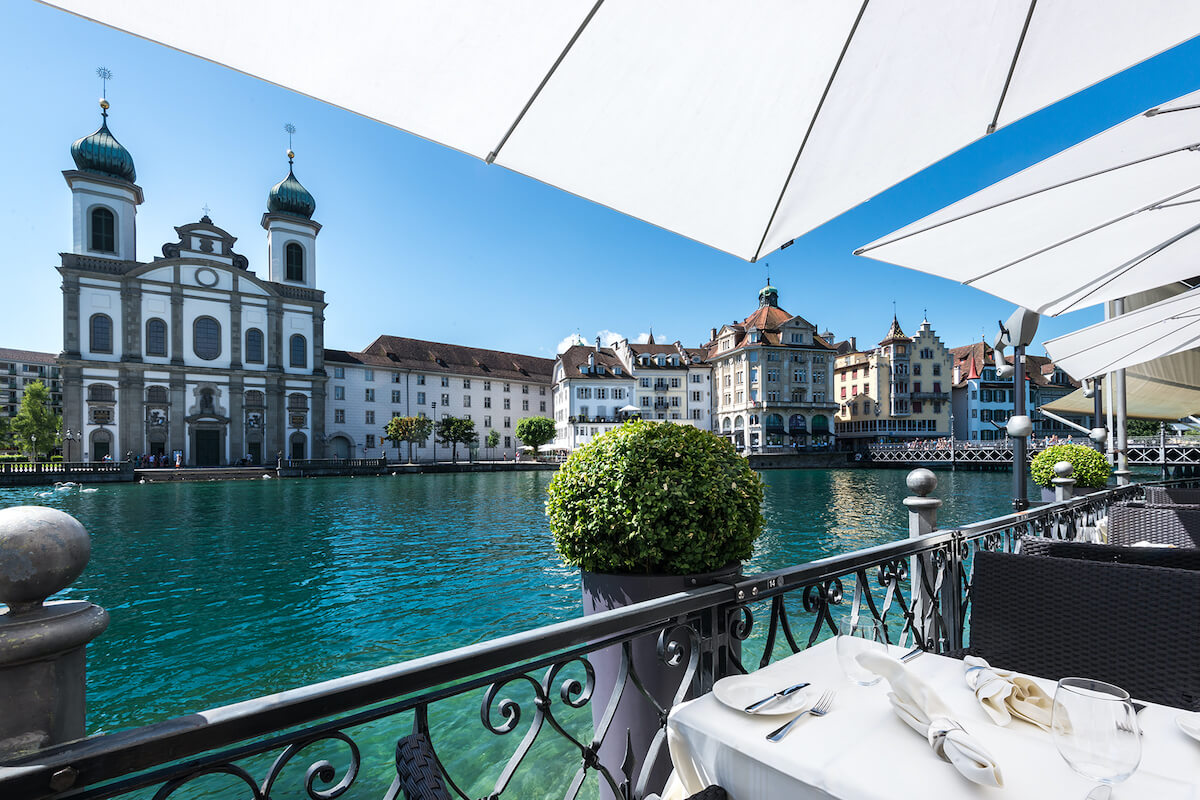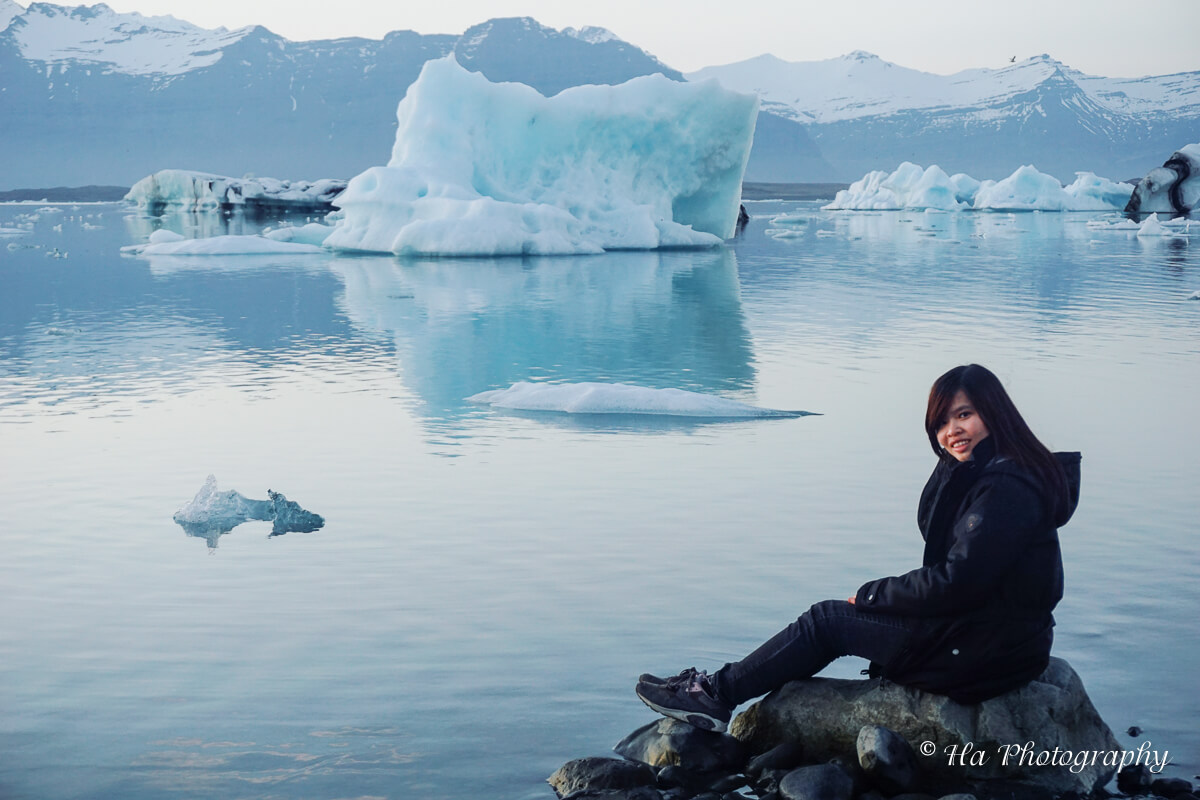Best Time To Visit Iceland
When is the best time to visit Iceland?
Before planning your trip to Iceland, you must consider what you want to do and see on your journey because the time of year can affect what’s available. For example, you can only see the northern lights in certain months, while other attractions are available throughout the year.
This article includes Iceland’s weather, travel seasons in Iceland, and the best months to visit Iceland for different activities.
Weather in Iceland
The weather in Iceland varies in different parts of the island.
Over the year, the average temperature typically ranges from -2°C to 14°C and is rarely below -8°C or above 17°C.
In the summer in Iceland, the sun almost does not set, and the sky is still bright at night.
Winter in Iceland has only 3 to 4 hours of sunlight per day in a month. From late September to mid-April are very cold.
Here is Iceland’s average temperature, rainfall, and sunlight each month.
| Month | High | Low | Rainfall | Sunlight |
|---|---|---|---|---|
| January | 2℃ | -2℃ | 101.6 mm | 5 hours |
| February | 2℃ | -2℃ | 109.22 mm | 8 hours |
| March | 3℃ | -1℃ | 93.98 mm | 12 hours |
| April | 6℃ | 1℃ | 73.66 mm | 16 hours |
| May | 9℃ | 4℃ | 58.42 mm | 18 hours |
| June | 12℃ | 8℃ | 53.34 mm | 21 hours |
| July | 14℃ | 9℃ | 68.58 mm | 19 hours |
| August | 13℃ | 8℃ | 88.9 mm | 16 hours |
| September | 10℃ | 6℃ | 116.84 mm | 13 hours |
| October | 7℃ | 2℃ | 114.3 mm | 9 hours |
| November | 4℃ | -1℃ | 106.68 mm | 6 hours |
| December | 2℃ | -2℃ | 104.14 mm | 4 hours |
Tourist seasons in Iceland
High season (July to September)
Like most places in Europe, Iceland’s high season runs from July to mid-September. This period has the best weather but is also very crowded.
The days are longer, and the weather is warmer, but you should bring a light jacket if you’re not used to the chilly climate here.
Also, hotel and car rental rates are highest during this peak period.
Shoulder season (May – June and September – November)
The weather during this period is quite cool, and tourists are also crowded. However, there are also alternating cloudy and gloomy days and sunny days.
Low season (late November to April)
Winter in Iceland is really cold, and some highland routes and attractions are closed. However, it’s a great time to see the aurora.
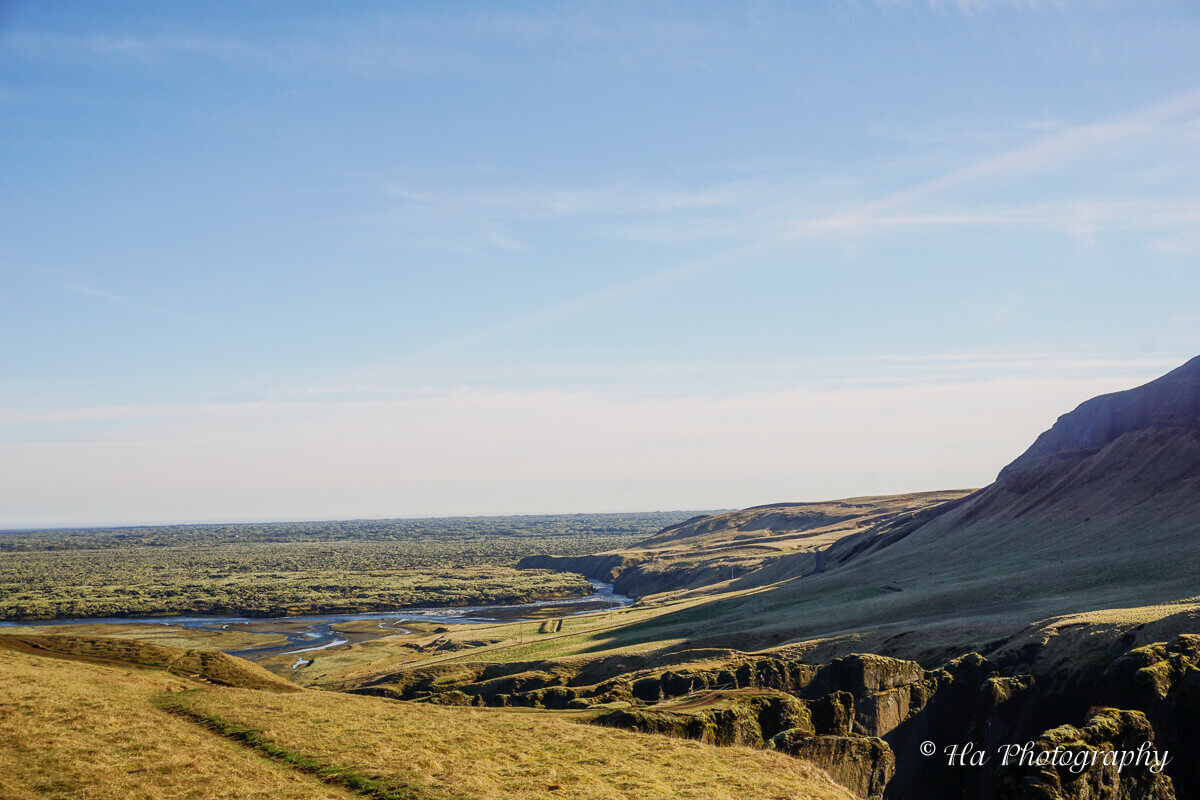
Best time to visit Iceland for ideal weather
The best time to visit Iceland is in the summer and early autumn months, between June and August. They are Iceland’s warmest months, with an average temperature of around 15 °C.
Also, all the mountain roads are open during this time, and all the most famous trails are accessible.
However, it’s also the peak tourist season.
If you want to avoid the crowds, you can visit in late spring (May) or early autumn (September and the first week of October). Here are ten reasons why visiting Iceland in May is a great idea.
Summer and early autumn are ideal times to visit Iceland.
Best time to visit Iceland for the Northern lights
Iceland is one of the best places in the world to see the Northern Lights. The chance to see this spectacular sight is from late September to late March next year.
In particular, the darkest months of December, January, and February are the best time to visit Iceland for the Northern lights.
The longer you stay in Iceland, the better your chances of seeing the aurora borealis. You can choose a location with little light to get a perfect viewing space. Also, some companies offer Northern light tours as well.
Packing tips: If you plan to travel to Iceland during the winter, prepare an extra raincoat, travel umbrella, and waterproof boots.
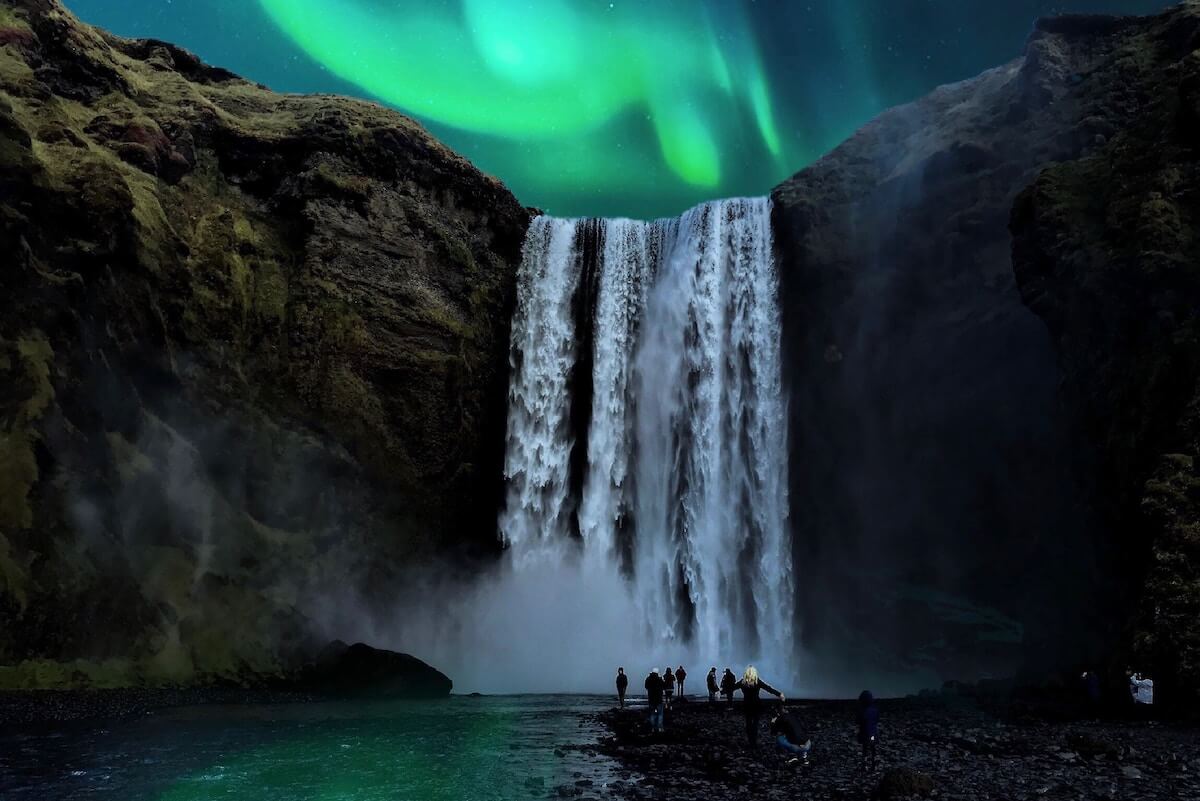
Best time to drive Iceland’s ring road
The best weather for driving on the ring road is summer. May, June, September, and October have great weather and fewer cars on the road.
In the winter, you shouldn’t drive the roads in the Highlands. The mountain roads are closed throughout the winter, and you’ll see Impassable signs.
Read more: You can read our car rental guide and Iceland driving tips to prepare for your trip.
Best time to see whales in Iceland
The whale watching season in Iceland is from April to October, with the best time to see whales being during the summer (June and July). You can easily find these tours in Iceland.
Aside from Reykjavik, other popular places to see whales are Akureyri, Dalvik, Husasta, and the Vestmannaeyjar Islands.
Best time to see Puffin in Iceland
Puffins viewing season in Iceland is from the end of April to mid-August. You can see lots of puffins on the Westman Islands, where you can get there by ferry.
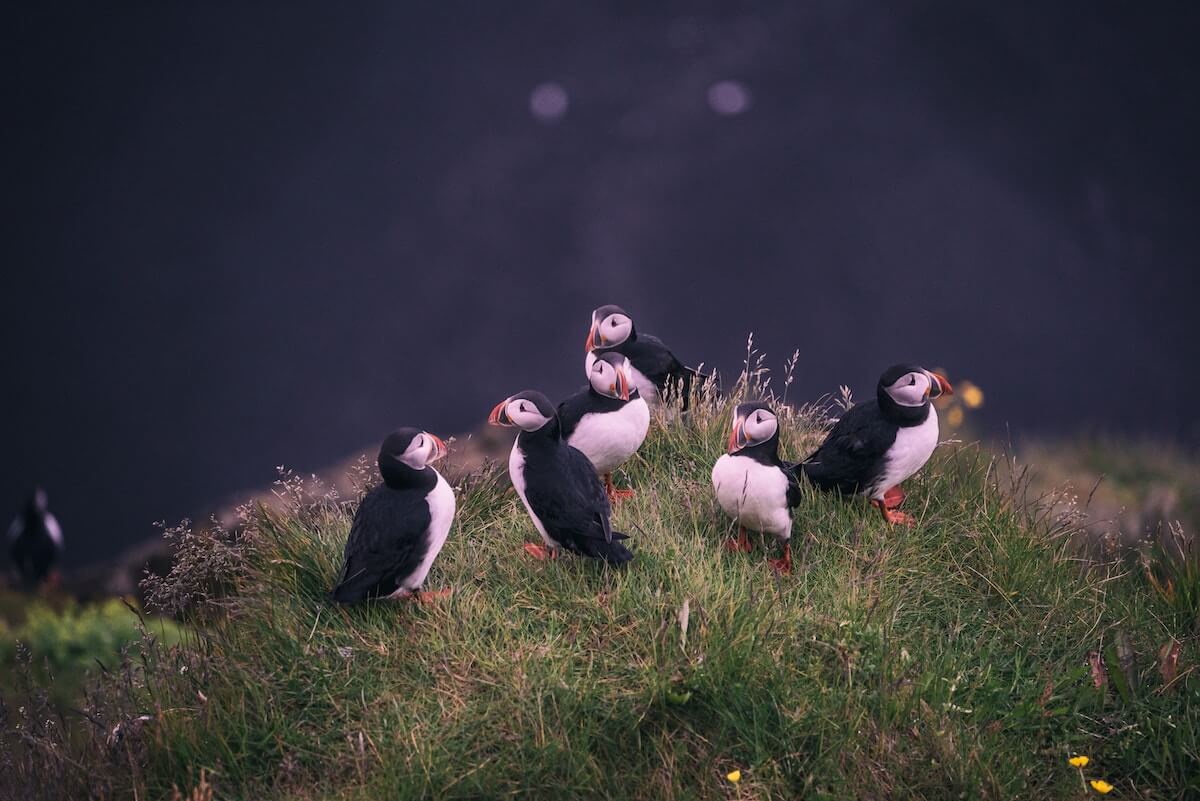
Cheapest time to visit Iceland
The off-season would be a good time to visit if you’re traveling on a budget. For example, you can save money traveling in Iceland from mid-November to April (except December).
At this time, airfares, hotels, car rentals, or tours are also cheaper. However, remember that some services may be closed during these months, so you should check before going.
